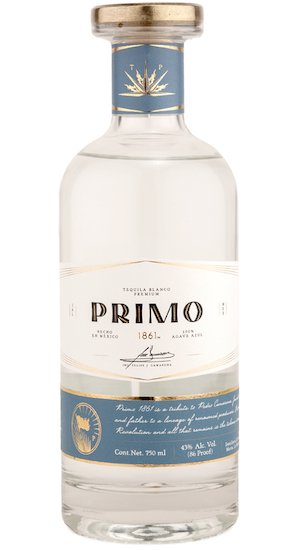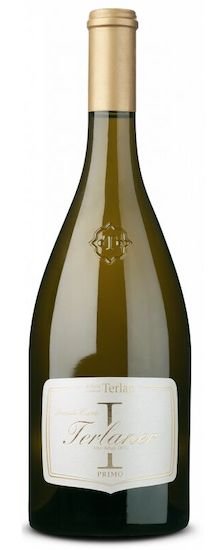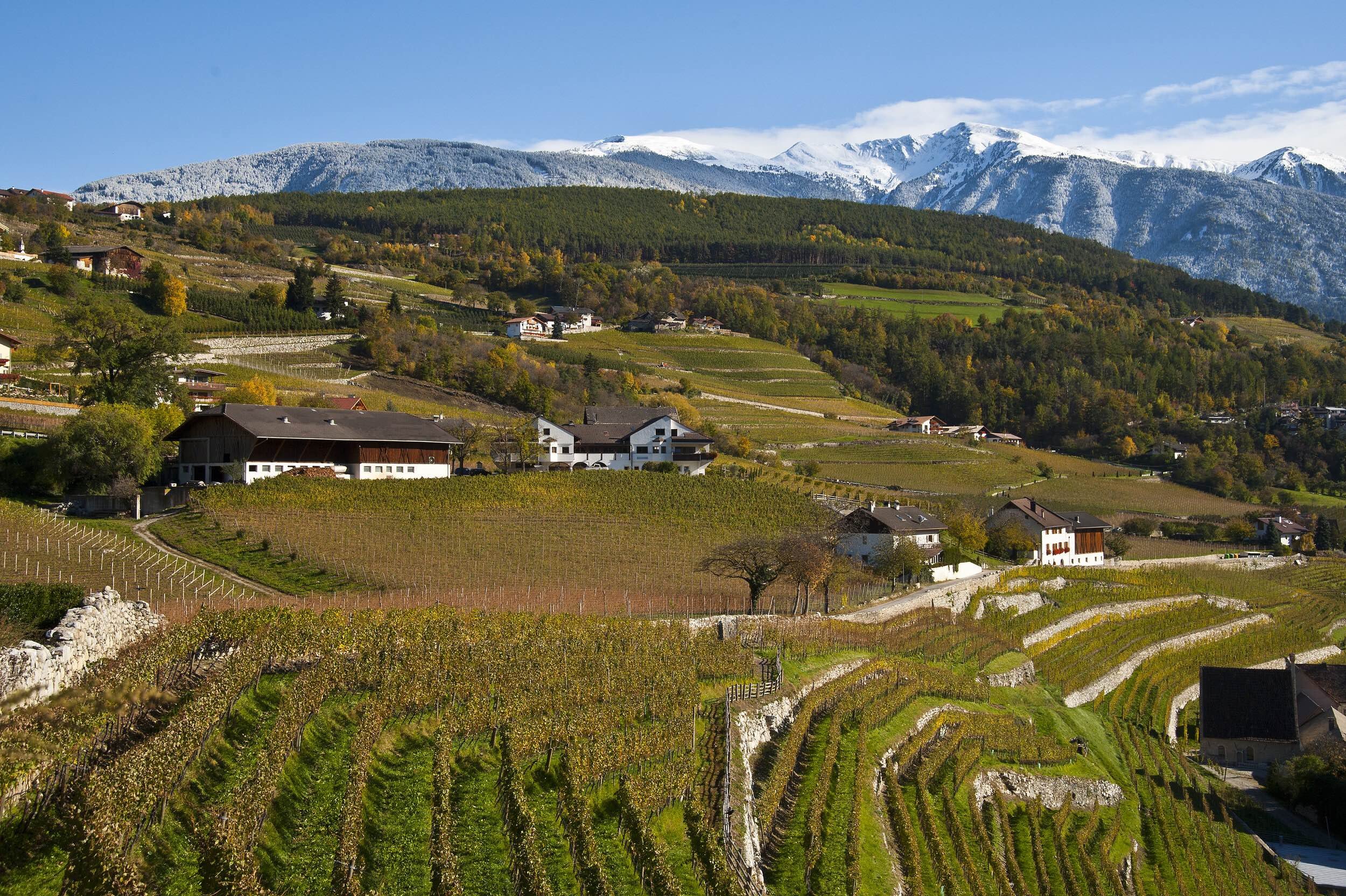There are plenty of people out there (especially in the booze business) who don’t believe in high-end vodka, or the idea that one neutral spirit can outshine another and justify a higher price tag. I am not one of those people. Having done enough side by side tastings in my career—even volunteering to head the vodka panel at both the Good Food Awards and the San Francisco Spirits Competition—I have no illusions about the merit of great vodka.
That being said, not everyone likes vodka for the same reasons, which is something you have to think about when making a recommendation or singing the praises of a new brand. Unlike Bourbon, where most enthusiasts are looking for similar characteristics of richness and spice, the motivations of the vodka drinker are all over the map. I know plenty of people who value the way a particular vodka makes them feel more than how it tastes. Hence, when I find an exciting new brand that I think caters to the largest possible contingency of vodka drinkers, I can’t help but get a little excited.
You know you’re really on to something when the swankiest bars and restaurants in town are also in complete agreement. Whether it's at the Beverly Hills Hotel, Carbone, Catch, the Four Seasons, Montage, or Il Pastaio, you'll likely find yourself with a glass of Carbonadi when you order a vodka martini at these fine Los Angeles institutions. Ever since the Robb Report first broke the story on Carbonadi Vodka a few years back, there's been no looking back for the luxury label. It's the talk of the town, especially at high-end Italian restaurants. Piedmonte is known for Barolo and Barbaresco wines, not vodka, which makes it a fun topic of conversation in the Italian culinary community.
What makes Carbonadi so luxurious, you ask? You'll understand everything after the first sip, but it starts with Italian-grown winter wheat and it ends with a unique finishing process that involves clean alpine water from the Piedmonte Alps, micro-oxygenation, and filtration through rare carbonados—aka black diamonds. Yes, this vodka is filtered through diamonds! But before you laugh at what sounds like a gimmick, carbonados are highly porous and can remove impurities that other filtration methods cannot. The proof is in the glass. No vodka I’ve tasted in the last few years is as clean, smooth, or crystaline.
Granted, some things simply have to be tasted before they can be believed, which is why I’m excited to offer Mission customers an insane trial offer on Carbonadi Vodka to put my money where my mouth is. Search Carbonadi online, and you'll see it listed for $69.99 or higher all over the web. We're offering it today for $44.99, a $25 savings on bottle one. Take it for a test spin. Mix a few cocktails. See what your friends and family members think. I’m fairly certain you're going to love it as much as I do, and I’m convinced you'll be back for bottle number two.
-David Driscoll












